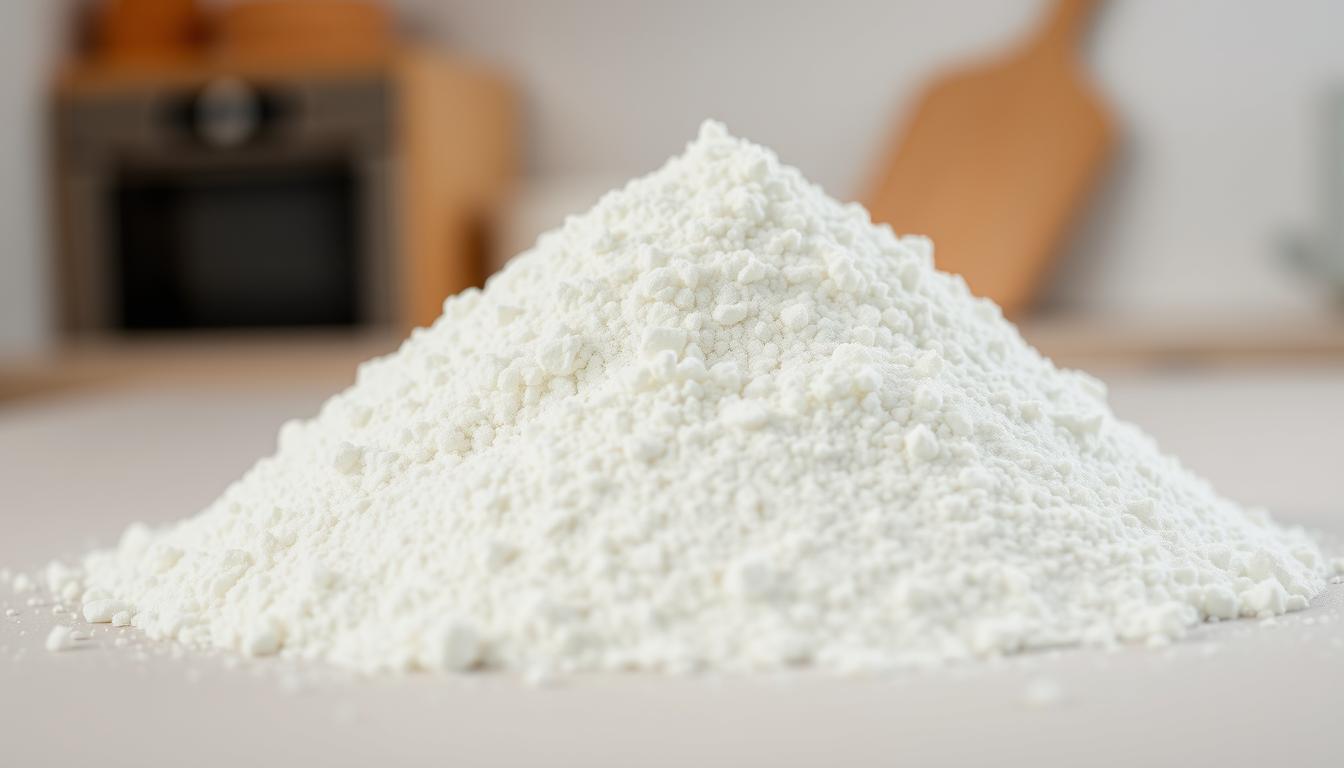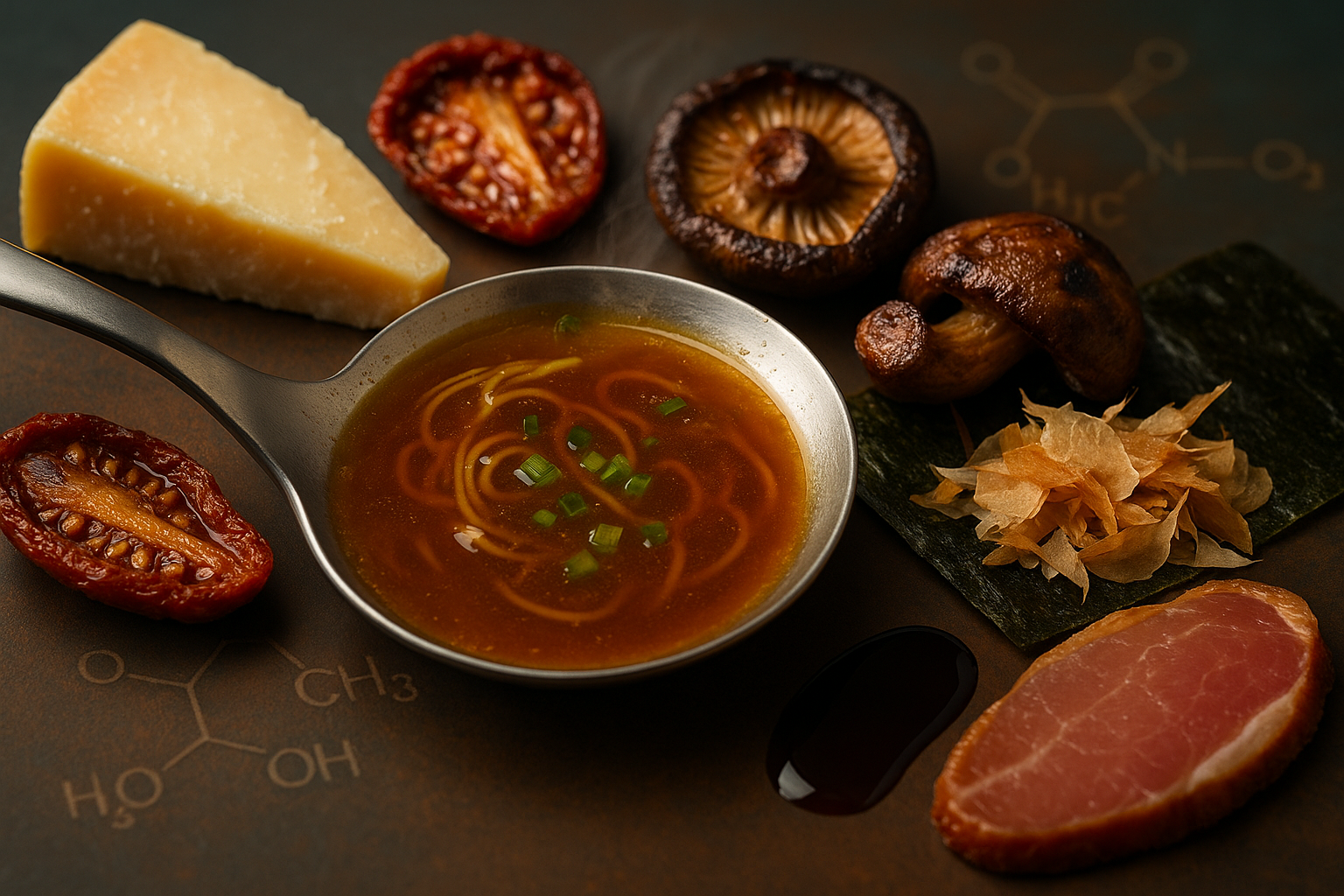Introduction
Sodium alginate is a natural hydrocolloid derived from brown seaweed. It is prized in both food and pharmaceutical industries for its thickening, gelling, and stabilizing properties. This guide explores what sodium alginate is, how it works, and why it is so valuable in modern cooking, food science, and molecular gastronomy.
Table of Contents
Quick Answers About Sodium Alginate
Culinary Uses of Sodium Alginate
Benefits & Functional Properties
Quick Answers About Sodium Alginate
Is sodium alginate safe?
Yes. Sodium alginate is GRAS (Generally Recognized As Safe) and widely approved worldwide for food applications, including beverages, dressings, and modernist cuisine.
What is sodium alginate used for?
It’s used as a thickener, gelling agent, and stabilizer. In molecular gastronomy, it’s essential for spherification, where liquids are encapsulated into delicate gel “pearls.”
How much sodium alginate should I use?
Typical usage is 0.5–2.0% depending on the recipe.
Is sodium alginate vegan?
Yes. It’s plant-based, extracted from brown seaweed, and suitable for vegan and vegetarian diets.
Can sodium alginate be used with calcium chloride?
Yes. The reaction creates insoluble calcium alginate gels — the basis of spherification.
Does sodium alginate change food flavor?
No. It’s flavor-neutral and doesn’t alter taste.
What is Sodium Alginate?
Sodium alginate is the sodium salt of alginic acid, a polysaccharide found in the cell walls of brown algae. It dissolves in water to form viscous solutions and is most widely known for its ability to gel when combined with calcium ions. This property makes it a favorite in molecular gastronomy for creating spheres, gels, and stable textures.
How is Sodium Alginate Made?
- Harvesting: Brown seaweeds such as kelp are collected.
- Extraction: Alginic acid is extracted from the cell walls of the seaweed.
- Conversion: The alginic acid is neutralized with sodium carbonate to produce sodium alginate.
- Drying & Milling: The product is dried and ground into a fine powder.
Culinary Uses of Sodium Alginate
- Molecular Gastronomy: Used with calcium salts to create spheres (spherification) and gels.
- Desserts: Thickens custards, puddings, and frozen treats.
- Beverages: Stabilizes acidic drinks and adds viscosity.
- Bakery: Improves moisture retention in doughs and batters.
- Dairy & Plant-Based Foods: Adds creaminess in cheese alternatives and dairy desserts.
Benefits & Functional Properties
- Gelling Ability: Forms gels with calcium ions, ideal for spherification.
- Thickening: Creates viscosity in sauces, soups, and desserts.
- Stabilization: Keeps emulsions and suspensions uniform.
- Plant-Based: Vegan, gluten-free, and clean-label friendly.
- Wide Applications: Suitable for culinary, industrial, and pharmaceutical uses.
Where to Buy Sodium Alginate
Cape Crystal Brands offers premium Sodium Alginate for culinary, scientific, and food production applications.
👉 Shop Sodium Alginate Now
Because many hydrocolloids rely on specific ions to gel, here’s a quick comparison at a glance.
Hydrocolloid–Ion Dependency at a Glance
Full Companion Table| Hydrocolloid | Key Ion Dependency | Notes |
|---|---|---|
| Kappa Carrageenan | Potassium (K⁺) | Forms firm, brittle gels; dairy applications benefit from K⁺. |
| Iota Carrageenan | Calcium (Ca²⁺) | Creates soft, elastic gels with good freeze–thaw stability. |
| Alginate | Calcium (Ca²⁺) | Instant gelation in presence of Ca²⁺; used for spherification. |
| Pectin (Low Methoxyl) | Calcium (Ca²⁺) | Gels in low-sugar systems; Ca²⁺ cross-links the polymer chains. |
| Lambda Carrageenan | — | Does not gel; functions only as a thickener and stabilizer. |
One of the most common questions chefs and food developers ask is whether a gelling agent is vegan-friendly. While some, like gelatin, are animal-derived, most modern hydrocolloids come from plants or microbial fermentation. Here’s a quick guide to which are vegan and which are not:
Vegan vs Non-Vegan Gelling Agents
Full Companion Table| Gelling Agent | Vegan? | Notes |
|---|---|---|
| Gelatin | ❌ Non-Vegan | Animal-derived from collagen; common in gummies, marshmallows, and desserts. |
| Agar-Agar | ✅ Vegan | Seaweed-derived; creates firm, brittle gels; common gelatin substitute. |
| Carrageenan (Kappa/Iota/Lambda) | ✅ Vegan | Extracted from red seaweed; versatile gelling and thickening functions. |
| Pectin | ✅ Vegan | Fruit-derived (citrus peel, apple pomace); essential in jams and jellies. |
| Gellan Gum | ✅ Vegan | Produced by microbial fermentation; creates clear, stable gels. |
| Alginate | ✅ Vegan | Seaweed-derived; gels with calcium; key in molecular gastronomy (spherification). |
Related Gelling Agents
Discover other hydrocolloids used for gelling, spherification, and dessert making:
Frequently Asked Questions (FAQs)
Is sodium alginate safe?
Yes, it is GRAS (Generally Recognized As Safe).
What is sodium alginate used for?
Thickening, gelling, beverage stabilization, and spherification.
How much sodium alginate should I use?
0.5–2.0% depending on the recipe.
Is sodium alginate vegan?
Yes, it is plant-derived from seaweed.
Can sodium alginate be used with calcium chloride?
Yes, that’s the basis of spherification.
Does sodium alginate change food flavor?
No, it’s neutral in taste.





